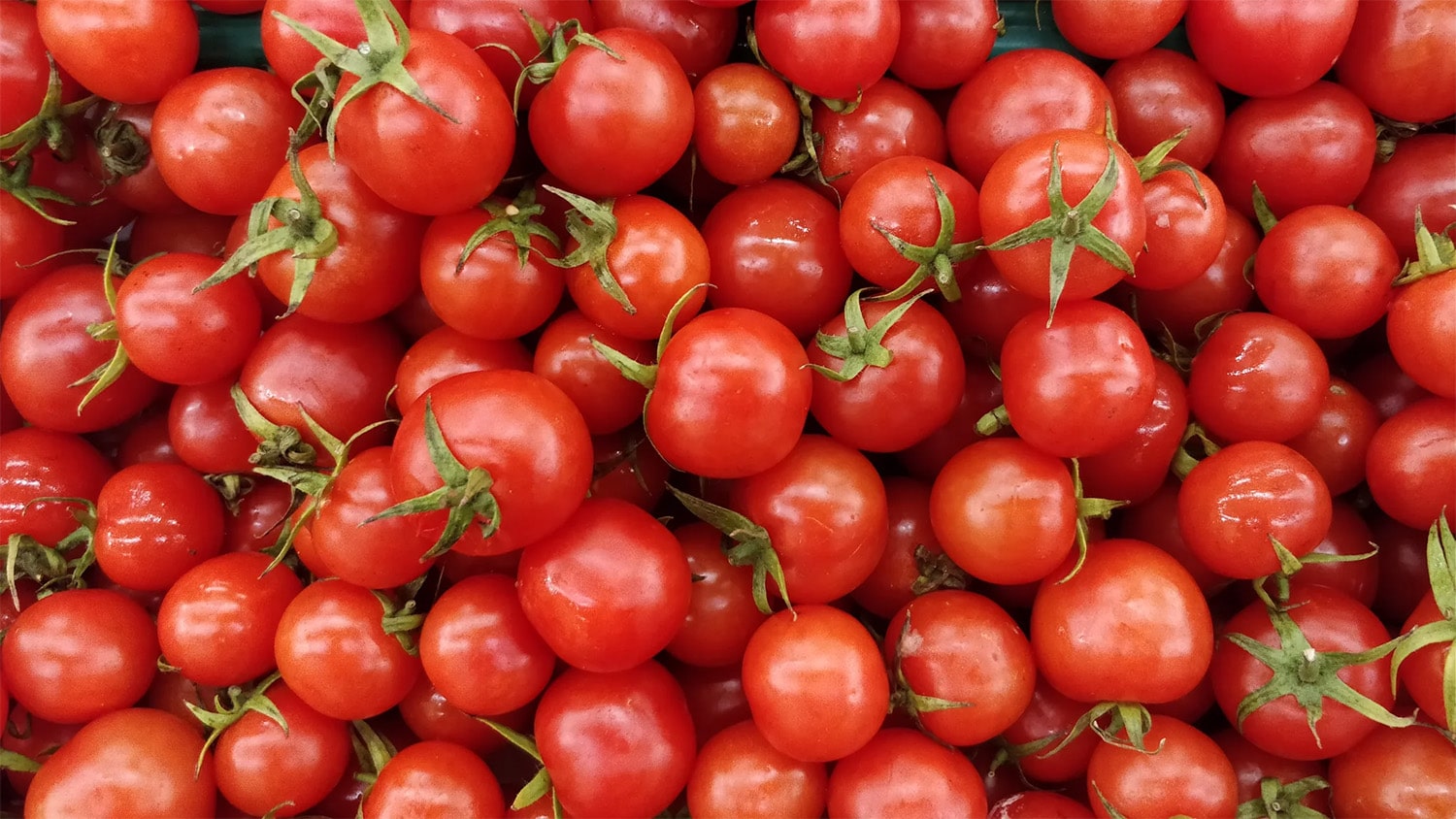
30 interesting facts about tomato
- 👁️ 340
The tomato, a versatile and beloved fruit, is a cornerstone of cuisines around the world. Despite often being treated and served as a vegetable, it belongs to the nightshade family, closely related to potatoes, peppers, and eggplants. Originating from South America, the tomato has a rich history of cultivation and consumption, undergoing a journey from being considered poisonous to becoming a global culinary staple. Its nutritional benefits, variety of types, and wide range of uses make the tomato an intriguing subject for exploration. Let’s dive into some interesting and informative facts about tomatoes that might surprise and enlighten you.
- The scientific name for the tomato is Solanum lycopersicum, indicating its membership in the nightshade family.
- Tomatoes originated in western South America, with the Aztecs and Incas being among the first to cultivate them in 700 AD.
- The word “tomato” comes from the Nahuatl (Aztec language) word “tomatl.”
- Tomatoes were brought to Europe by Spanish explorers in the 16th century but were initially grown as ornamental plants because they were thought to be poisonous.
- The Italian name for the tomato, “pomodoro,” translates to “golden apple,” which suggests that the first tomatoes to reach Europe may have been yellow.
- There are over 10,000 varieties of tomatoes, ranging in size, shape, and color.
- Tomatoes are a rich source of vitamins C and K, potassium, folate, and antioxidants, including lycopene, which has been linked to many health benefits.
- The largest tomato ever grown weighed 3.51 kg (7 lb 12 oz), according to the Guinness World Records.
- China is the largest producer of tomatoes, followed by India and the United States.
- Tomatoes are botanically classified as fruits because they develop from the ovary of a flower and contain seeds.
- In 1893, the U.S. Supreme Court ruled that tomatoes should be classified as vegetables for tariff purposes.
- The first recorded recipe using tomatoes was published in Naples, Italy, in 1692.
- Tomatoes can be eaten raw, cooked, or processed into products like sauces, juices, and ketchup.
- The British once referred to tomatoes as “love apples,” believing them to have aphrodisiac qualities.
- Tomatoes are predominantly water, making up about 95% of their weight.
- Lycopene, the antioxidant that gives tomatoes their red color, may protect against heart disease and certain cancers.
- The tomato plant can grow both as a bush and on vines, depending on the variety.
- Heirloom tomatoes are varieties that have been passed down through generations without crossbreeding.
- Tomato plants are highly sensitive to frost and prefer warm climates for growth.
- The technique of grafting tomato plants onto potato plants to grow tomatoes and potatoes simultaneously has been successfully executed.
- The world’s first genetically engineered tomato, the Flavr Savr, was designed to have a longer shelf life and was introduced in 1994.
- In Spanish cuisine, tomatoes are a key ingredient in gazpacho, a cold soup.
- Tomatoes can vary in color, including red, yellow, orange, green, and even purple.
- The town of Buñol in Spain hosts an annual festival called “La Tomatina,” where participants throw tomatoes at each other.
- Green tomatoes, which are unripe, can be fried or used to make relishes and chutneys.
- Tomatoes are sensitive to ethylene gas, which accelerates ripening; hence, they should not be stored with fruits that emit high levels of ethylene, like bananas.
- Tomato seeds have traveled to space and back to study the potential impact of space travel on plant growth.
- Sun-drying is a method used to preserve tomatoes, concentrating their flavors.
- Companion planting with basil is said to improve the growth and flavor of tomatoes.
- Tomatoes have been depicted in art and literature as symbols of love, passion, and purity.
The tomato’s journey from its origins in South America to kitchens around the globe is a testament to its versatility, nutritional value, and culinary appeal. From its humble beginnings to becoming a staple ingredient in diverse cuisines, the tomato has proven itself to be much more than just a simple fruit. Its rich history, myriad of varieties, and extensive health benefits ensure that the tomato continues to be celebrated in dishes worldwide. Whether enjoyed fresh, cooked, or processed, tomatoes add flavor, color, and nutrition to our plates, making them an indispensable part of our diets.
The tomato, a versatile and beloved fruit, is a cornerstone of cuisines around the world. Despite often being treated and served as a vegetable, it belongs to the nightshade family, closely related to potatoes, peppers, and eggplants. Originating from South America, the tomato has a rich history of cultivation and…